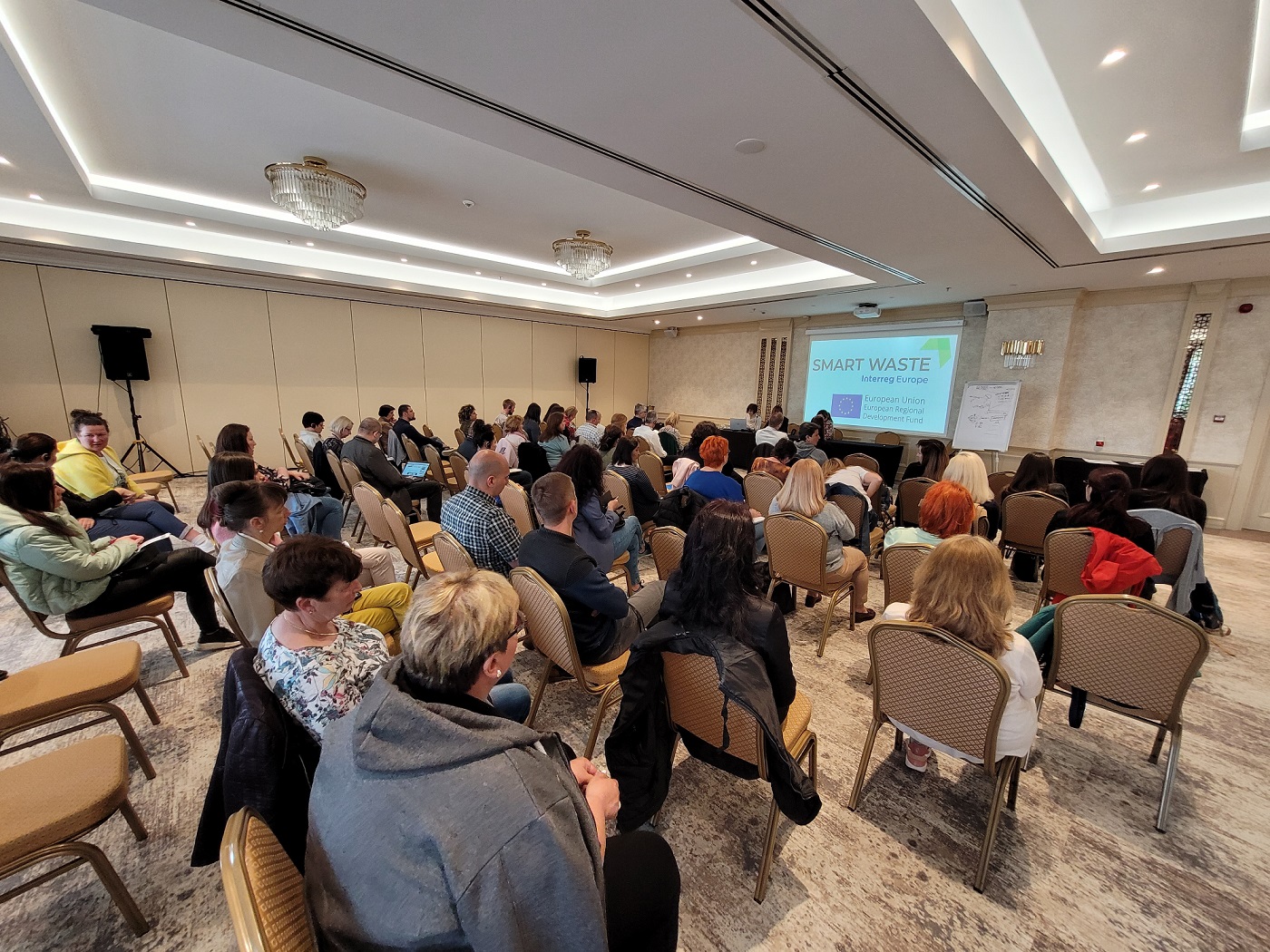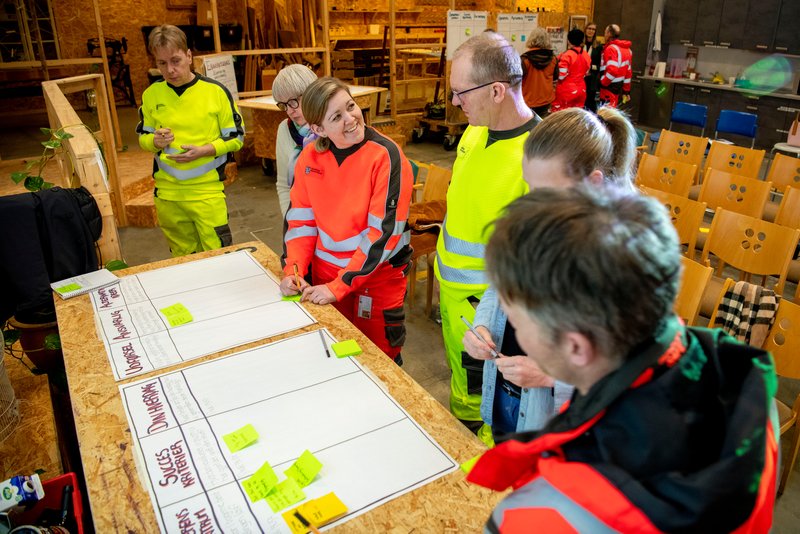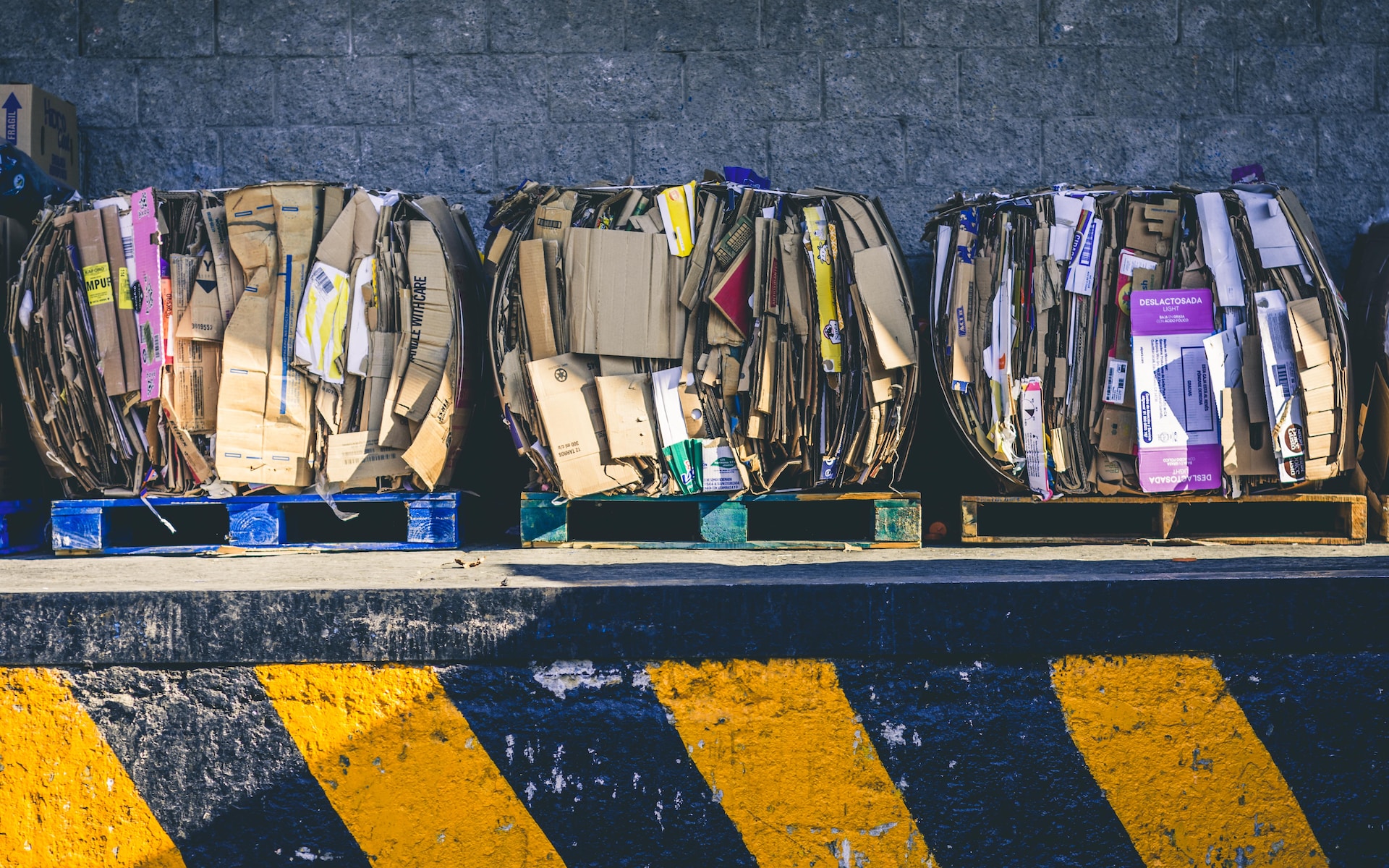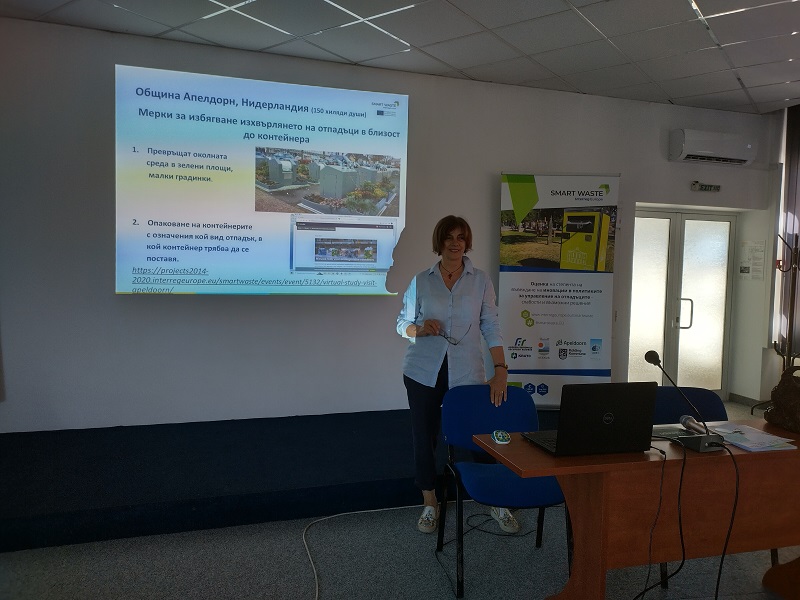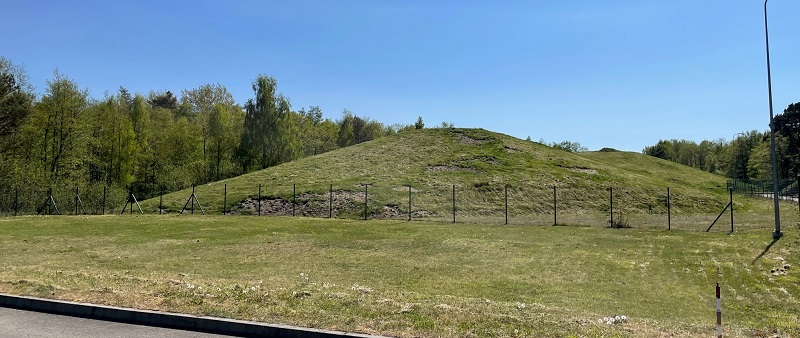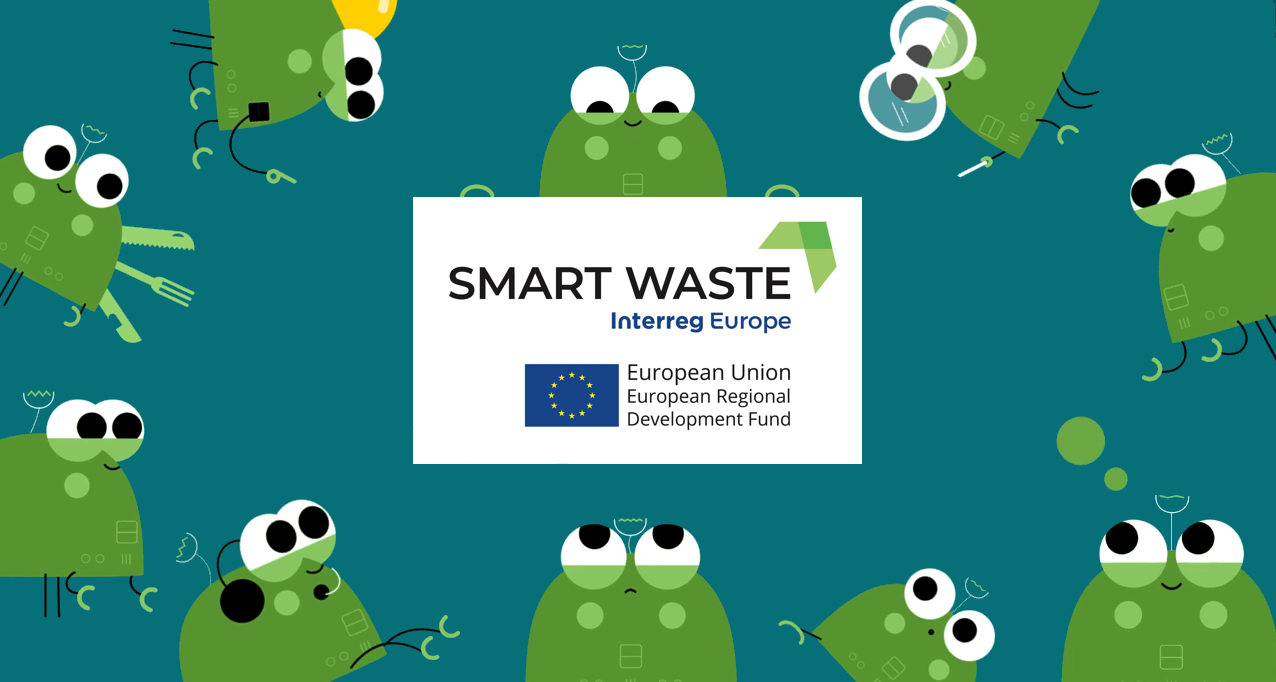The Zero Waste Cities programme, within Zero Waste Europe, has released a new report "The state of zero waste municipalities 2020" to showcase the pioneering zero waste municipalities. Providing historical context on how the movement began and an outline of what makes a zero waste city, as well as showcasing data from zero waste cities across Europe and highlighting other zero waste best practices, this report is the first of its kind. The report is a landmark moment and showcases the development of the movement since its very early days in 2007.
Zero Waste Municipalities
From 2007, when the first zero waste town was born in Capannori, Italy, the movement has continued to grow. Today there are nearly 400 municipalities committed to the vision of zero waste. There are also many good practices and policies happening outside of our zero waste cities that the report highlight.
A model for success
The report is also a showcase of how exactly these communities have designed and implemented ambitious local zero waste strategies and policies. It reports the benefits kickstarting a zero waste journey at the local level can bring to communities.
Two best performing regions
The waste management company Contarina - who oversees waste within the Treviso region, Italy, - and Ljubljana - the capital of Slovenia are highlighted as the best performing regions. As the years have passed, the volume of waste has gone down as separate collection rates have gone, whilst the costs of waste management have either decreased or remained steady with rises in economic inflation.
Read the full report here.


